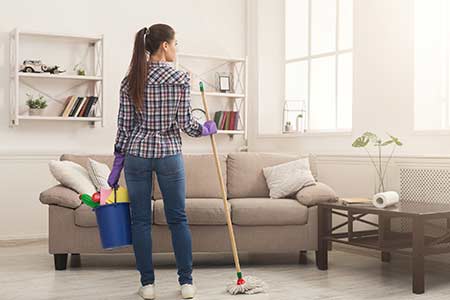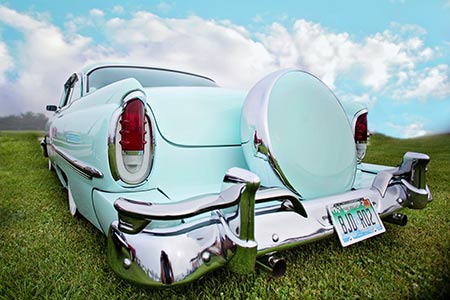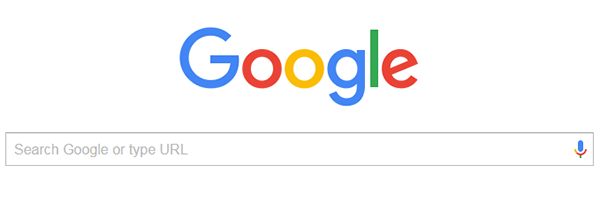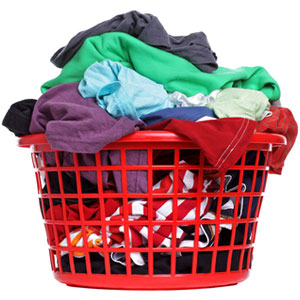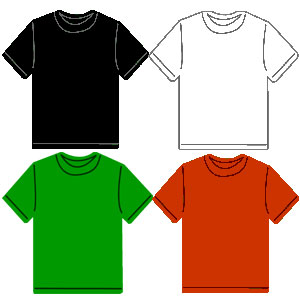
The way you treat your belongings and surroundings is a reflection of the way you view yourself. If your surroundings are neglected, cluttered and poorly maintained, it doesn’t speak well about how you respect yourself. The good news is that you can improve your self view by improving your environment and your care for your belongings. Treat your things as if they are the most cherished possessions of the person you love most. They are – or will be. Tidy and organized living space, clothes, possessions, and car will save you time, money and aggravation, and will make you feel more in control of your life.
